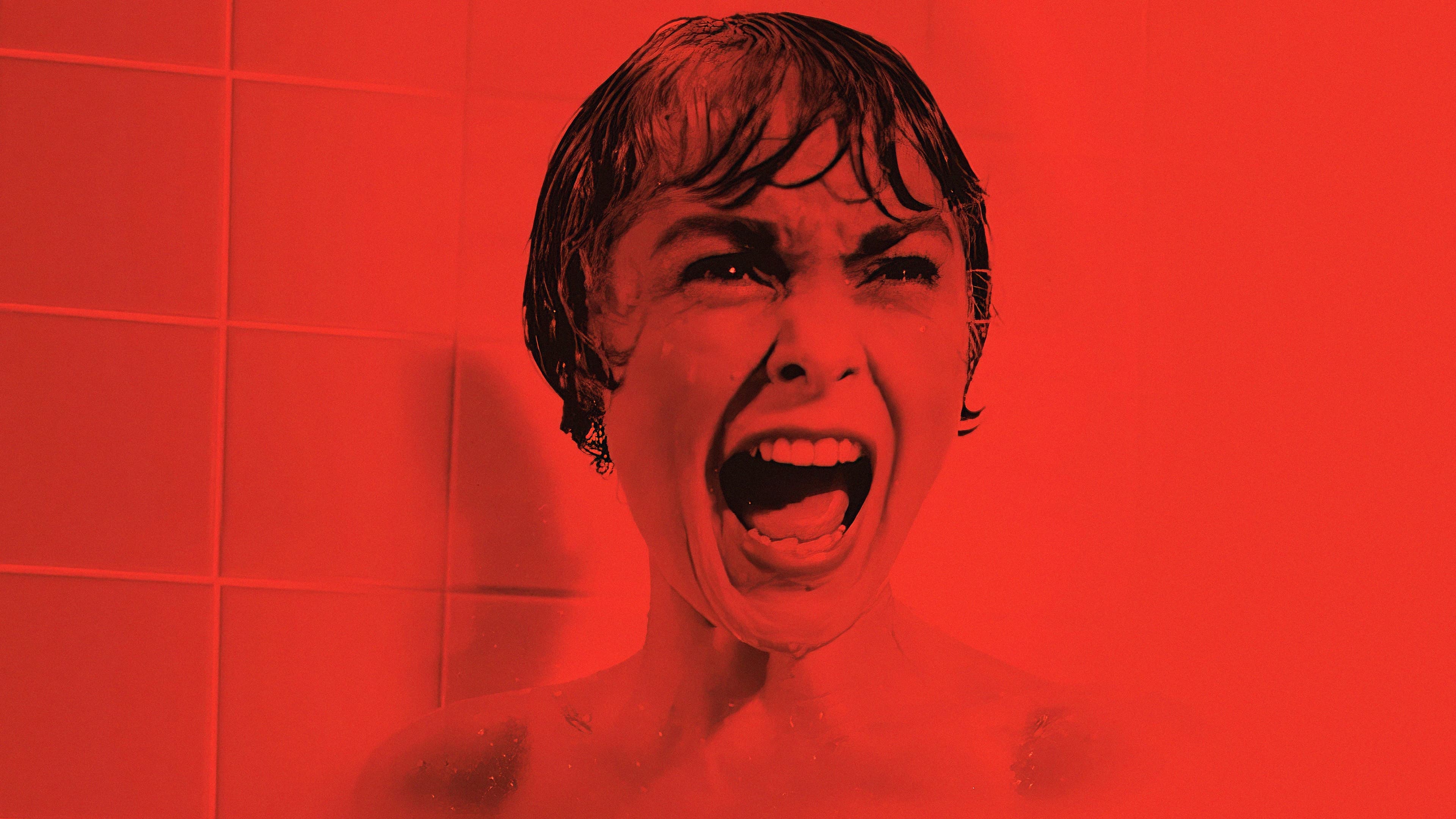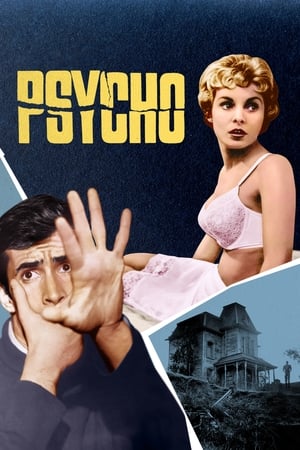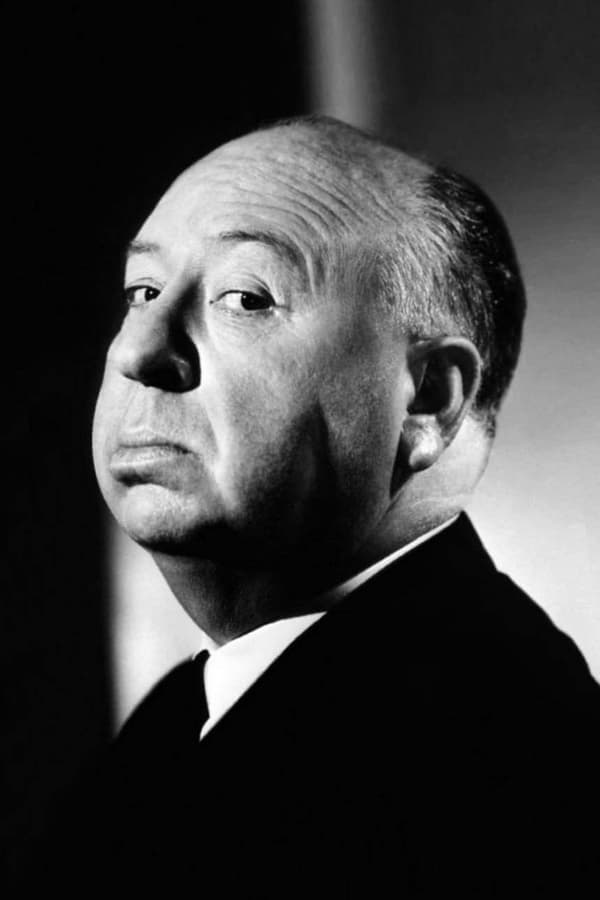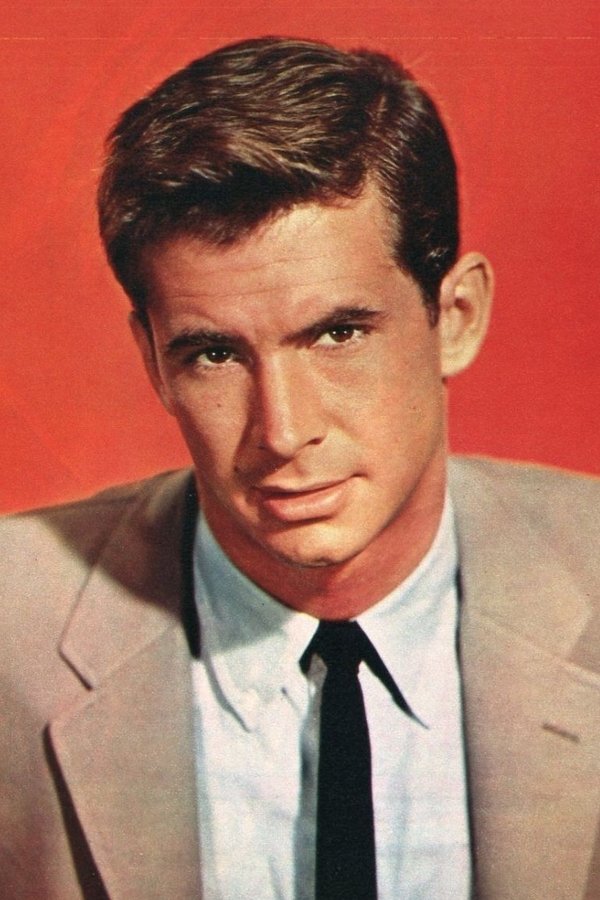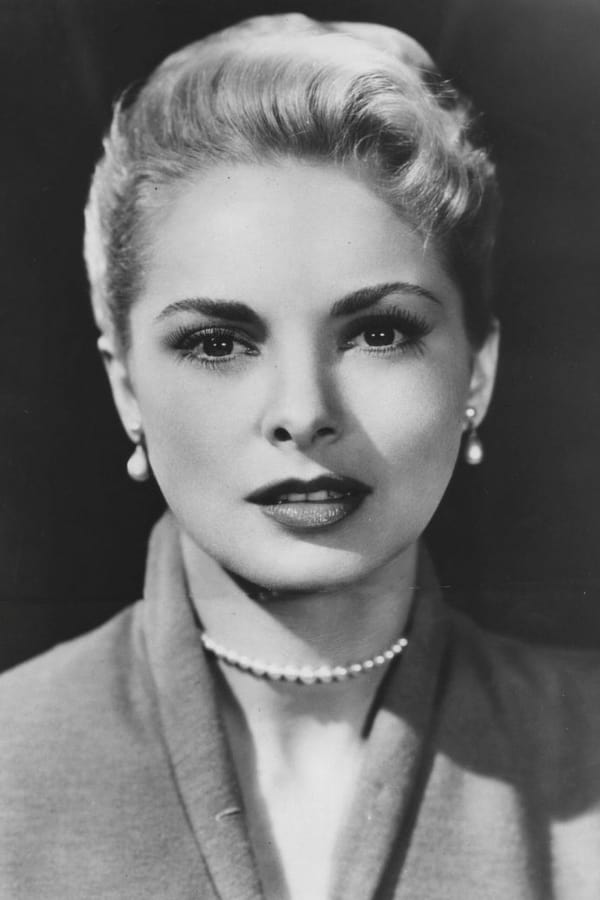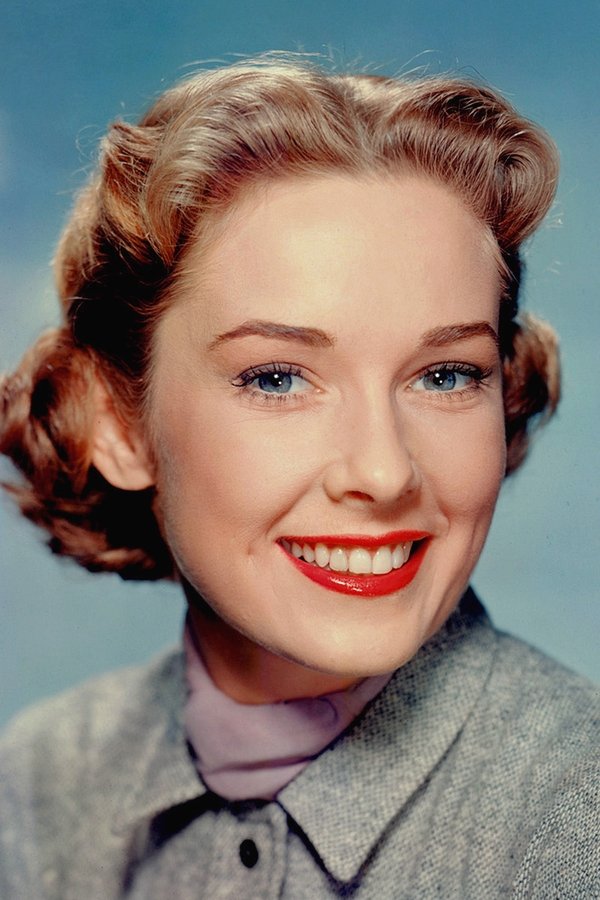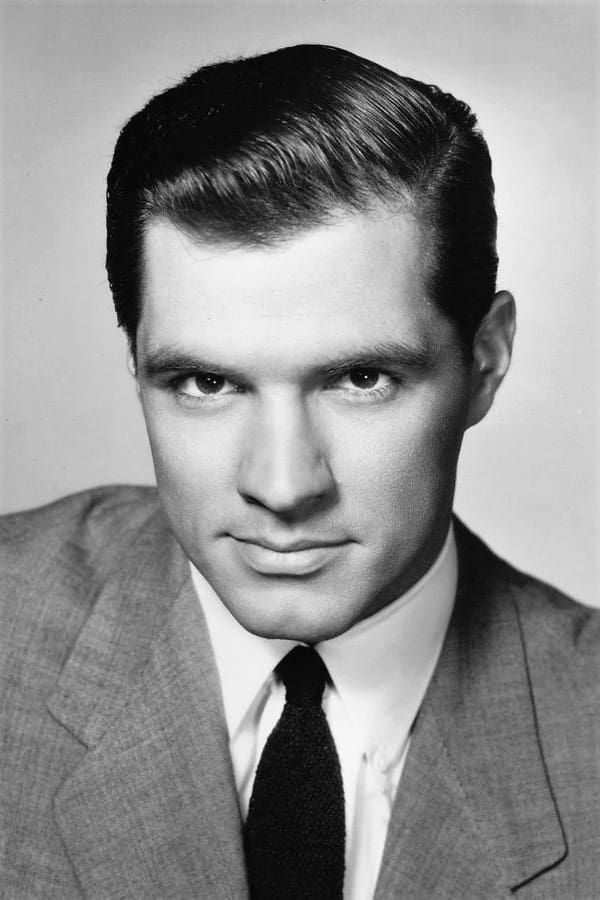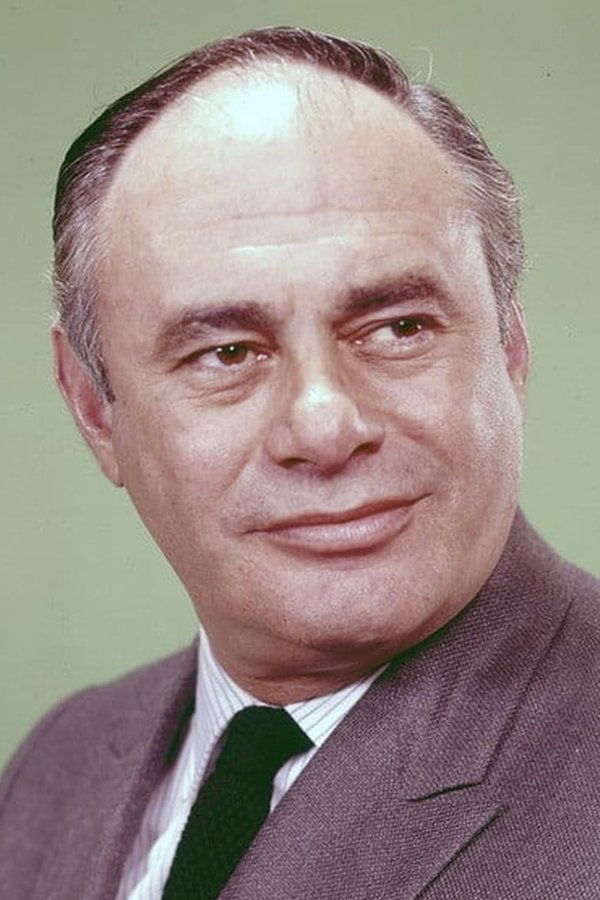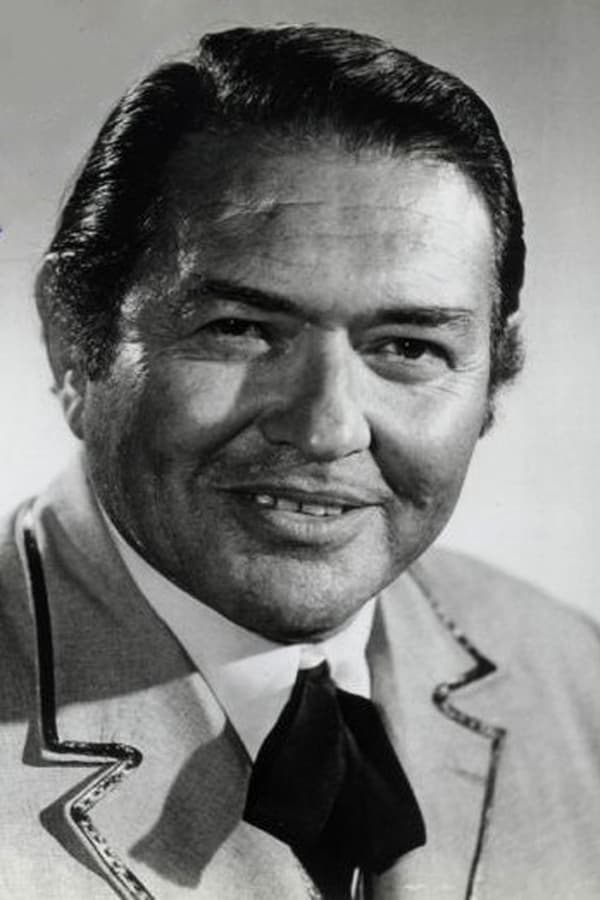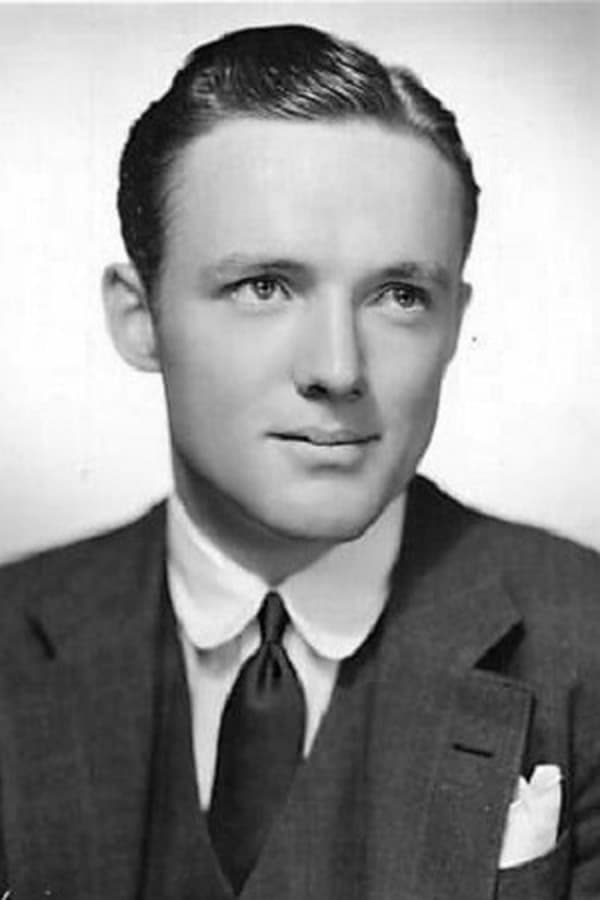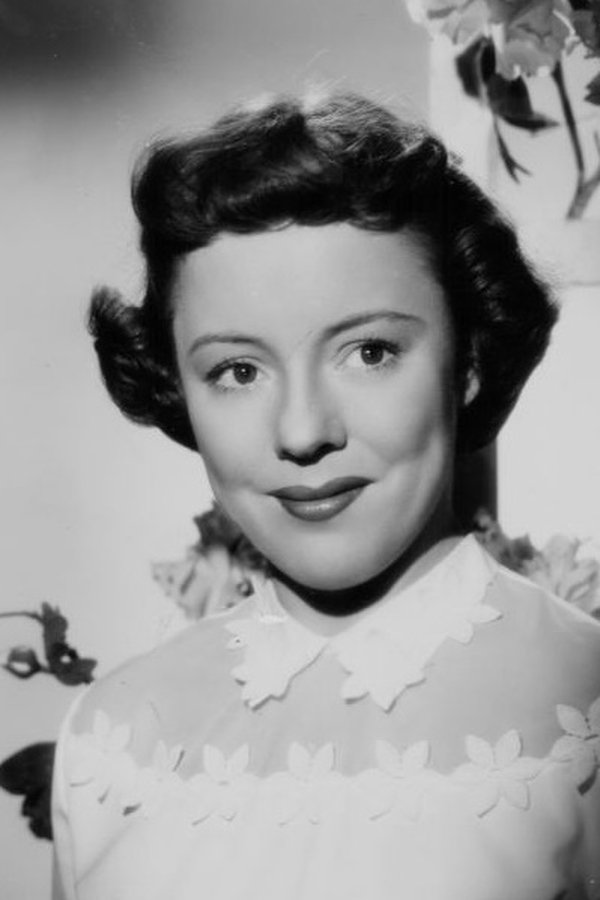Incluvie Movie Reviews


Incluvie Classics: Strong Women and Gender Expression in Alfred Hitchcock's “Psycho.”
At this point, it almost feels pointless to talk about a movie that has been analyzed to death and spawned a sprawling franchise. Alfred Hitchcock’s 1960 film Pyscho really is one of those films that anyone who likes movies is well aware of. So rather than talk about the film itself, I’d like to talk a bit more about the cultural impact of the film and its importance as a piece of cinematic history. And yes, there will be spoilers. But this movie came out over 50 years ago, so really, get on the train if you haven’t seen it by now.
I really should give a quick plot summary, as a refresher. Marion Crane (Janet Leigh) pulls a scheme at work and runs away with stolen money. She is on the way to meet her love, Sam. On the road, she pulls over at the Bates Motel to rest up, where she meets Norman Bates (Anthony Perkins). One thing leads to another, Crane gets stabbed in the shower by Bates’ overbearing and conservative mother. Yup, the main protagonist got killed off not even halfway through the movie. Twist one. Eventually, Crane’s disappearance gets police attention and the concern of Sam and Crane’s sister. Various clues bring them to the Bates Motel, and eventually, the truth comes out. Norman is a mentally ill individual with disassociative identity disorder (DID) who lapses into his mother’s personality out of guilt for having killed her 10 years prior. Hitchcock pulls off two major twists brilliantly.
It’s a great movie, full of subtle and not-so-subtle moments, but every one of those moments is pretty memorable. The film is shot in 50mm lenses on 35mm cameras, so the point of view and field of range all resemble our own eyes’ capabilities. The famous peephole scene, the conversations, and the murders, all feel that much more visceral and intense due to the familiar perspective.
Pyscho is based on Robert Bloch’s novel of the same name, which he published the year prior to the film’s release. Bloch was inspired by a nearby serial killer he had heard about, Ed Gein, who also had been suffering parental issues while cross-dressing and killing people in the middle of nowhere.
His usual ambiguous self, Hitchcock bought the novel, loved it, and acquired the rights as soon as possible, and also apparently bought up as many copies of the novel as possible to prevent people from reading it and spoiling the big twist. And of course, he did all of the promotion himself, not trusting the cast and crew to keep the big secret under wraps. The trailer for the film is pretty bizarre and somewhat hilarious; it’s just Hitchcock wandering around the set and mysteriously alluding to the film’s events. He was desperate to get the movie to the screen as soon as possible to shock audiences and was confident in its impending success. His budget was slashed by executives who were somehow dense enough to not be sure about Hitchcock (who was well-established and financially successful by this point), so that’s a reason the film is shot in black and white.
I could go on all day about the technical production of the film, but I’d like to talk about the social and cultural impact of the production. At the time of its creation, the infamous Hollywood Production Code (Hays Code) was present. This was a conservative series of moral censorship that had been implemented in 1934 and seriously tainted a lot of would-be-good movies by limiting creativity. Occasionally some films would be able to shine through or get subtle hints over the censors’ heads, but the vast majority suffered. It was one of the worst cases of inept and overly conservative moralists gaining control, similar to the disastrous temperance movement and Prohibition Era. Among the baffling topics that were not to be allowed on screen were:
The Hollywood Code was among the worst things to happen to the film industry, and considering the impact that film has on people, especially in the United States, it’s absurd that it was able to stick around for so long. Movies matter. After all, that’s what Incluvie’s about! Bringing a spotlight to voices and faces that don’t typically get one.
So let’s note some heroes in the Code era, among them, Hitchcock, who was pretty adamant about giving that aforementioned spotlight to disenfranchised and avoided people and topics. In the case of Psycho, there’s a pretty strong case to be made for the representation of women and for the LGBTQIA+ community. For starters, Marion Crane is a pretty headstrong and impressive female character for 1960, in the midst of the Code. The opening of the film shows her in bed in a bra while talking with her lover. Showing skin and pre-marital sex for 1960 was huge at the time, and Psycho was one of the many films that began to get away with it and help erode the Code (which officially fell apart in 1968). She also is self-spoken and makes her own decisions, as the choice to commit a crime and run away (granted, back to her lover) was her decision at the end of the day. And likewise, her sister, Lila, is the person most helpful in the investigation into Marion’s disappearance, and the one to discover Bates’ secret.
And sure, let’s talk about “mother.” Or rather, Norma Bates. The showcase of a maternal figure and her influence over her son was not seen often, and yes, Norma was a single mother who would take up a lover, so once again, an independent female in white male Hollywood was a breakthrough…even if she was abusive and a bit nuts herself. It’s something! Just think of it: the censorship was so bad that Psycho was the first mainstream American film to show a toilet flushing on screen.
But that influence of "Mother" led to the film’s other (at the time) controversial decision, to show a man in women’s clothing. Gender dysphoria and cross-dressing were rare to see; the only examples of films touching on this prior are Glen Or Glenda and some Three Stooges gags. It was almost always done for laughs. In Psycho, you can’t help but feel some uncomfortable pity and sympathy for what Norman’s going through, despite the fact that he’s a serial murderer. Much of that goes to Anthony Perkins’ downright spellbinding performance.
It’s believed that Perkins got the role because he was notably uncomfortable around women in real life; something that Hitchcock used to his advantage. Years later, it was revealed that Perkins was gay (or bisexual). Perkins would later die during the AIDS crisis, which was ignored by the conservative government because the stigma was that the gay community was responsible and perhaps even deserving of the crisis. That's why it's important for cinema to show these figures and humanize them so people can empathize with them. If Hitchcock could make a sexually dysphoric killer empathetic in 1960 with censorship, and give female characters more freedom and representation, it’s not too much to ask that some modern films go above the bare minimum. If people only ever see one side of things on the screen for decades, and according to a pigeonholed point of view, that’s what they might think over time, especially in the USA, where we worship media and pop culture. Sorry if I rambled a bit, but then again, we all go a little mad sometimes.
Pictures and Videos

Movie Information
When larcenous real estate clerk Marion Crane goes on the lam with a wad of cash and hopes of starting a new life, she ends up at the notorious Bates Motel, where manager Norman Bates cares for his housebound mother.
Cast
Articles You May Like
Asian Horror From 10 Countries You Need To See Before Halloween
Yes, Asia is actually quite a large hub for amazing horror films even to this day, some people just never notice! Well, I'm here to change that. It's time to not let those words at the bottom of the screen scare you but instead be scared by some of the best horror you never knew about.
